Event debrief: Talk on Natural Attenuation of AMD - Case Study (GWD Gauteng)
Event debrief: Talk on Natural Attenuation of AMD - Case Study (GWD Gauteng)
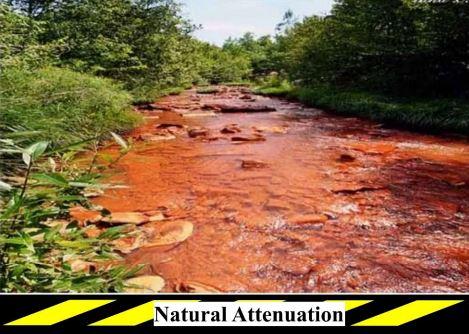
SACNASP CPD EVENT
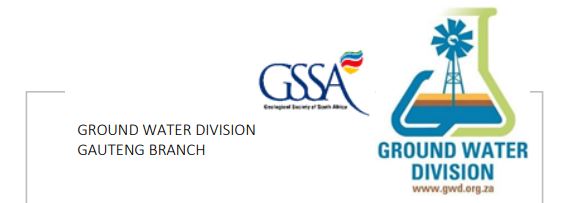
Natural attenuation of acid mine drainage by various rocks in a typical Karoo coalfield: A case study of the Witbank, Ermelo and Highveld coalfields, South Africa

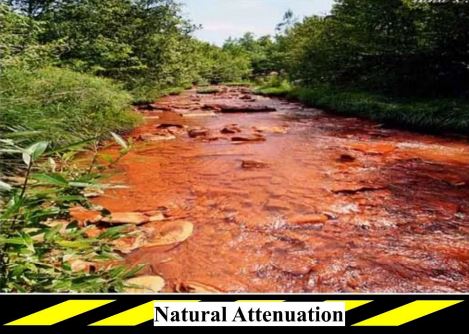
AUTHORS
Sakala1,2, FD Fourie2, M. Gomo2 and G. Madzivire1,3
Council for Geoscience, Pretoria, South Africa
Institute for Groundwater Studies, University of the Free State, South Africa
The University of South Africa, Department of Environmental Science
In the Karoo coalfields, mining operations which release acid mine drainage (AMD) are threatening groundwater resources. An important parameter controlling the extent and severity of AMD impacts is the natural attenuation of rocks in response to introduced of AMD. Very little is known about such responses for Karoo rocks in saturated and unsaturated conditions, a research gap filled by this paper. Laboratory column leach experiments were used to study the responses of different rock types from Witbank, Ermelo and Highveld coalfields of South Africa. The results show that various rocks have varied responses and are a function of the quartz, plagioclase or carbonate mineral content. The presence of oxygen increased the rate of heavy metal removal from the AMD. For all rock samples under saturated and unsaturated conditions, the sulphate and chloride concentrations of the AMD remained unchanged after the leaching process, showing that these parameters are conservative and can be used as potential natural tracers of AMD movement in the subsurface.
The research shows that laboratory leach tests may be used to rank the various rock types found in the Karoo coalfields in terms of their capacities to buffer the impacts of AMD. Such a ranking could inform policy and decision-makers regarding the handling and storage of AMD-generating wastes, as well as the location and design of AMD waste storage facilities.
About the Presenter:
Dr. Emmanuel Sakala is a Chief Scientist at the Council for Geoscience with expertise in natural resources exploration using geophysical techniques, design and application of artificial intelligence (AI) systems in geoscience. He has worked as a geophysicist in mining, research and consultancy services for 14 years in 11 African countries. He holds a BSc (Hons) degree in Applied Physics (2005), MSc degree in Geophysics (2007) from the National University of Science and Technology and a PhD degree in Geohydrology (2018) from the University of the Free State. In his career, he received five awards for outstanding research, conference proceedings and competitions.
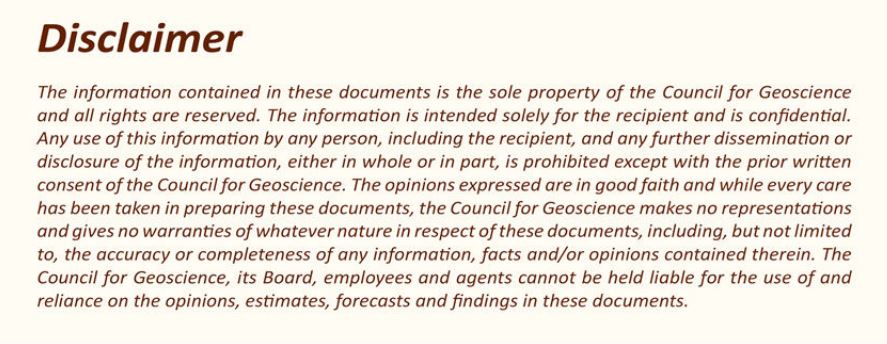


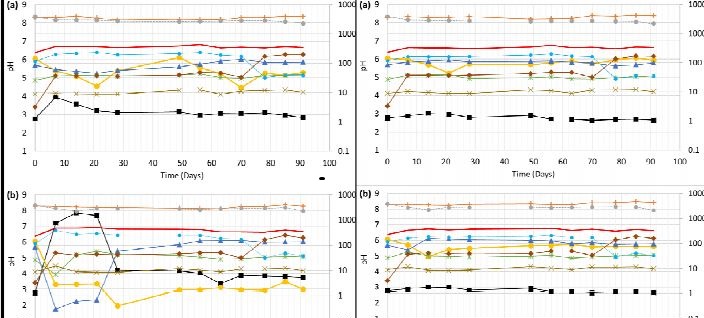
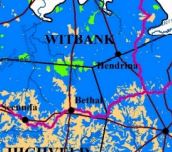
AMD Natural Attenuation potential map
Energy Source (Fluid & Pollutant Source; Transport, Trap, Aquifer); Relative Rock - AMD reactivity
Thank you Dr Sakala for sharing your Case Study with attendees.
We appreciate the insights into possible tracers, potential handling & storage of AMD-generating wastes, passive treatment and future research suggestions.
(Please contact Mr K Majola (GWD GAU Branch Chair) via [email protected] for CGS liaison regarding the presentation & event recording *CGS disclaimer)
Live Engagement
D Question: Realistically, is 'clean coal' financially viable in the South African context? And if it is, why is no-one / so few applying the technology? As a non-mining geologist, I'm rather skeptical that any mining is 'little or no environmental harm'?
T Question: Would the idea not be to attempt neutralization before decanting? Has the thought of limestone being given as back filling material?
C Question: In dolerite what about pyroxene dissolution reactions?
